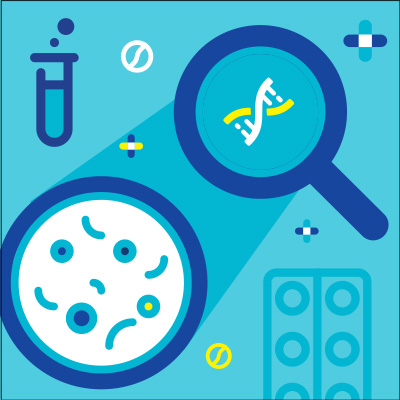News roundup
Published:
Getting the benefits of stem cells into injured lungs
Lead researcher: Dr Daniel O’Toole, University of Galway
The problem
When someone is critically ill, particularly with a serious infection or pneumonia, their lungs can become severely damaged, and this can lead to death. Previous research has shown that adult stem cells might be useful to help treat people with acute lung injury (ALI) and acute respiratory distress syndrome (ARDS), but injection of the whole cells into patients can be problematic.
The project
A collaboration between University of Galway and Irish companies Aerogen (Dr Ronan MacLoughlin) and Orbsen Therapeutics (Dr Steve Elliman) collected biological sacs released naturally by stem cells that contain potentially medicinal molecules and tested how they could be delivered directly into the lungs using a nebuliser.
The outcomes
- The research showed that substances from stem cells with the potential to treat lung injury could be collected and then delivered into lung tissue in a lab model
- The project found that the stem cell products fared well in the nebuliser
- The work has paved the way for upcoming clinical trials in humans using cell therapy and nebuliser technology at the HRB Clinical Research Facility in Galway.
Dr Daniel O’Toole, Principal Investigator in CÚRAM and REMEDI at the University of Galway, says:
“Using products from stem cells, rather than the stem cells themselves, opens up the opportunity to deliver promising medicines directly deep into injured lungs. Working with Orbsen Therapeutics meant that we had stem cell products of full medical standard and the quantity we needed for all the planned experiments, while the Aerogen nebuliser technology allowed us to test the delivery. Our findings pave the way for us to plan and conduct future clinical trials.”
"Getting the benefits of stem cells into injured lungs" is part of a wider collection of success stories across four themes from this year's annual Health Research in Action. Download the full publication.

